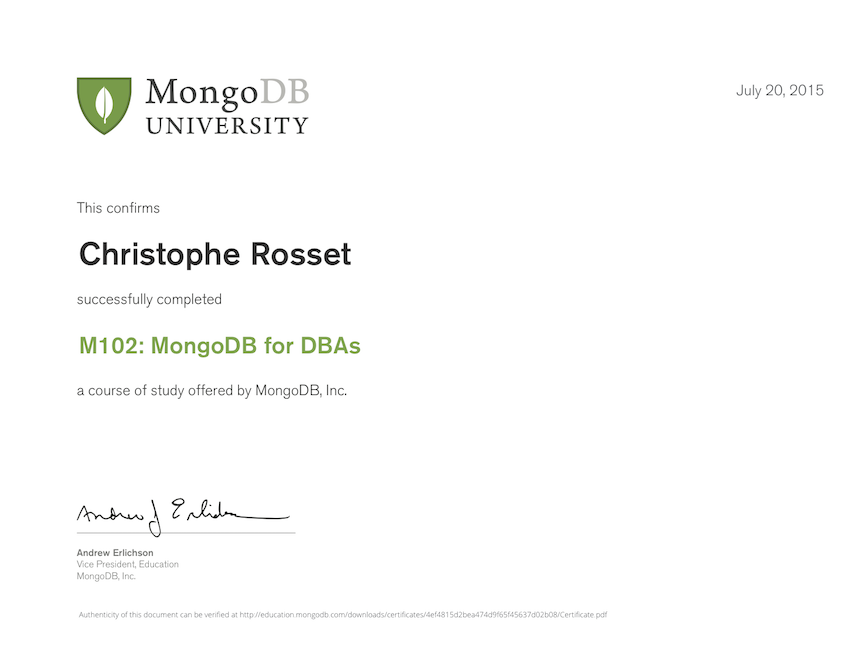

I’ve been using NetBeans for years now, at the beginning with php and then with JavaScript. But with the rise of ES6 – and other specific syntaxes like React’s jsx – in the last few months, it didn’t suited my needs anymore since NetBeans doesn’t support them … I’m not the only one since a ticket is opened about this feature and people are waiting for it, but it’s taking too long.
So, for the last months, I’ve been trying some other IDEs editors, using them in projects:
- Atom
- Brackets
- Sublime Text
- vi
- Visual Studio Code
Why did I choose WebStorm over the others ?
You probably use one of the editors I mentioned above and for you, it’s the best one, you are really productive with it and it’s very customizable.
You’re right: it’s the best one for you and you’re really productive with it because you’ve customized it. When you’ve finally found the right set of plugins that suits all your needs, nothing to add / nothing to remove, perfect.
But this step of finding the right plugins (even for simple things such as syntax highlighting or git support) can take time – you may run into multiple choices, have to test those, install / uninstall and finally settle for a poor option …
This is why I liked NetBeans and this is why I choose WebStorm: I don’t want an editor, I need an IDE, where all the basics (and more) are built-in (doesn’t mean it’s not customizable).
At the end, what really matters is that your IDE/editor suits your needs … For now WebStorm does the job for me, I would have followed with NetBeans if it wasn’t for the ES6 support lacking I mentioned earlier …
Tophe
PS: Yes, I even tried vi! At least, now I know how to exit 😉 … In fact, I did much more, while I was at it, I learned how to use it (Want proof 🙂 ?… I’m still far from an expert though).



